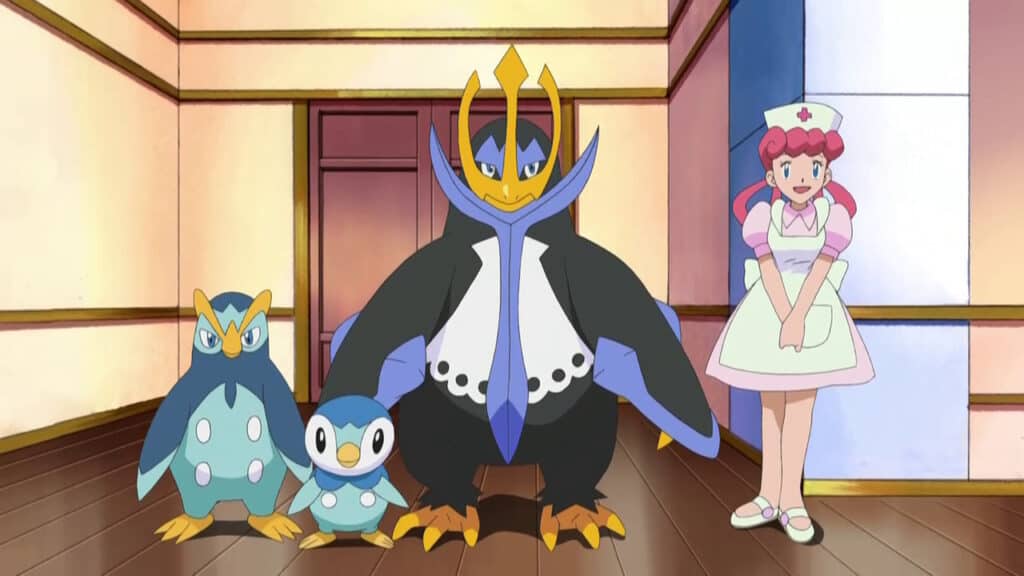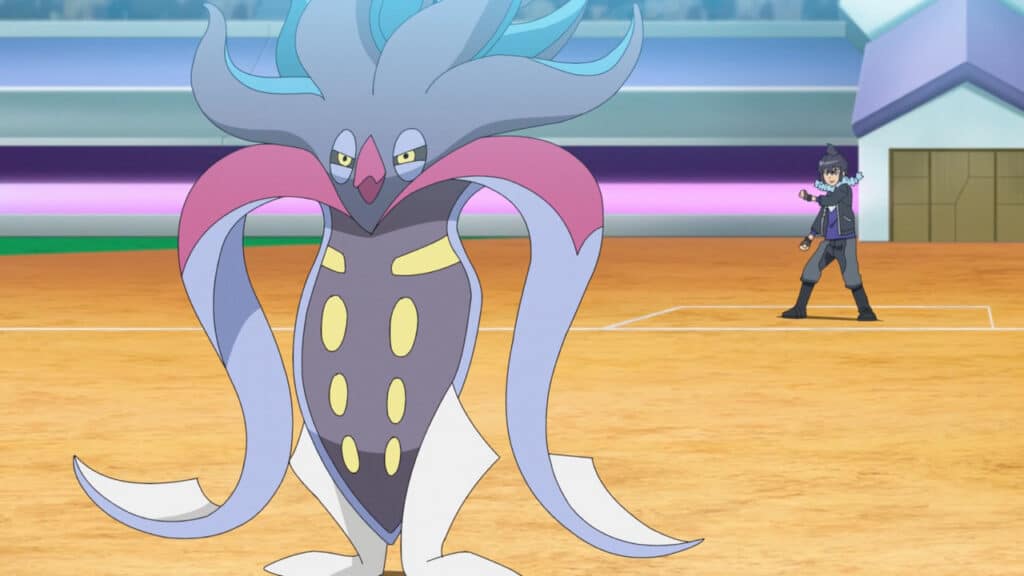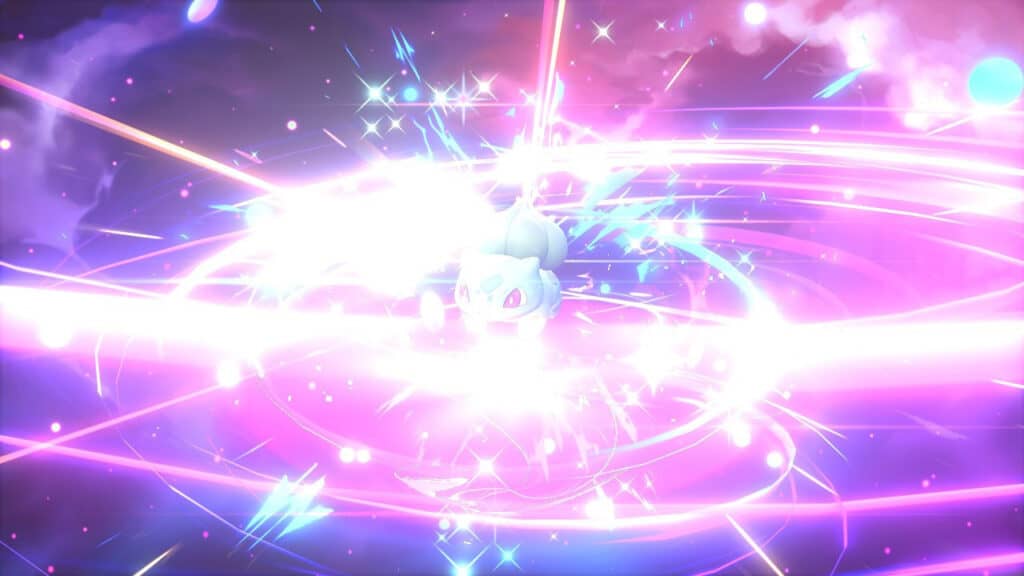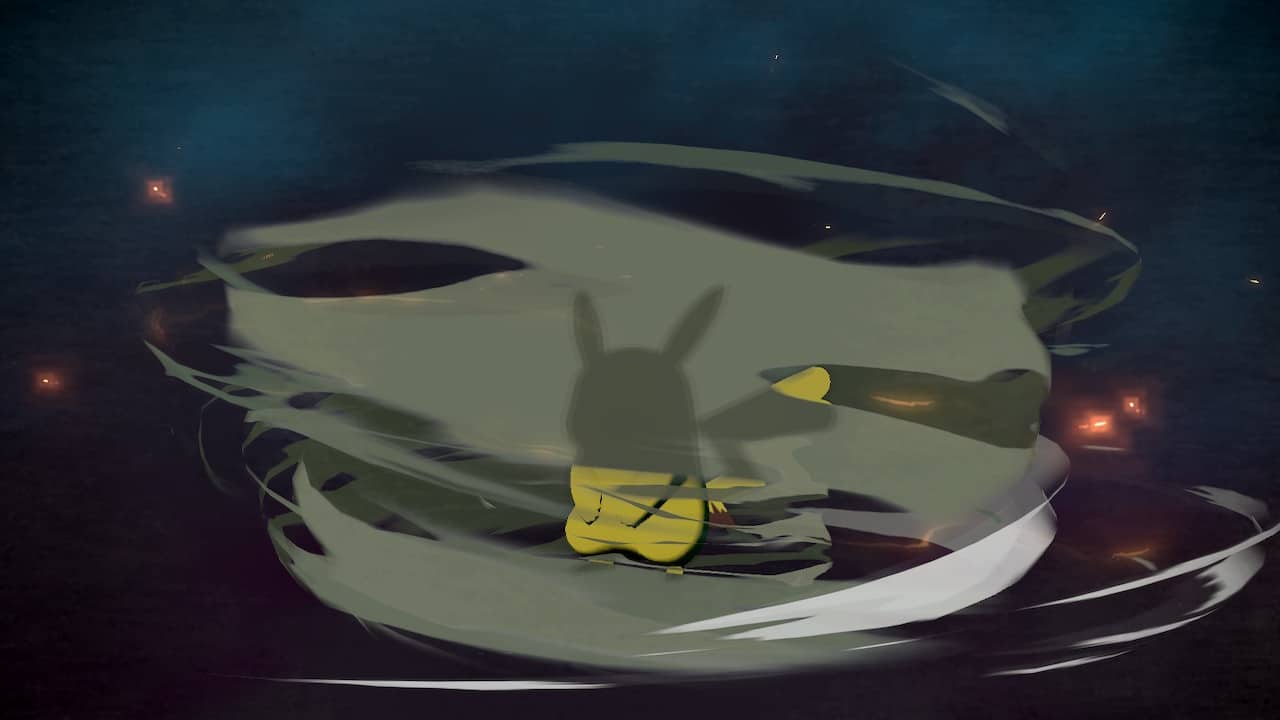Very few video game franchises are as universally beloved as Pokémon. Ever since 1996, the series has been producing high-quality titles and adding to its ever-growing roster of beloved creatures. While not every Pokémon is as overwhelmingly cherished as Pikachu or Bulbasaur, there are so many different creatures in the series that there’s likely a favorite there for everybody. Thanks to Pokémon evolution, these creatures can grow and develop alongside the trainers who cherish them.
Pokémon evolution is one of the game’s most fundamental mechanics, and a huge draw for fans. As you journey through the wilds of each game’s distinct region, your adorable and cuddly companions will grow into fearsome and stalwart beasts. These potent creatures will bring the full strength of your shared bond to bear against the legendary Pokémon that await at the end of the road. For a lot of fans, the mystery of what your Pokémon will turn into as they grow in strength is a big part of the fun of diving into a new Pokémon game. To that end, here’s what you need to know about this iconic mechanic as you undertake your Pokémon journey.
What is Pokémon Evolution?

In simple terms, evolution is the process of one Pokémon turning into another species of Pokémon. The new form generally possesses larger or more heightened versions of the traits seen in the original. Pokémon who can evolve usually have a string of two to three forms they can take as they grow in power. Each generation also usually has three starter Pokémon. These include one Fire-type, one Grass-type, and one Water-type. These three starters each have a three-step evolution process they will follow over the course of the game. For instance, Generation 1’s Fire-type starter begins as Charmander, a charming little lizard with a fiery tail. Its second stage is Charmeleon, a larger and generally more intimidating reptile with a horn and darker scales. Finally, at stage three, it transforms into the iconic Charizard, a mighty fire-breathing dragon.
Other Pokémon, like the serpentine Ekans, only have one evolution. Ekans transforms into the hooded Arbok, but has no further forms to take. Some Pokémon can even branch out, taking one of multiple different forms depending on the circumstances of its evolution. The most famous example of this is Eevee. This beloved fox-like Pokémon is a Normal-type, but to date it has eight different evolutions it can take, each one representing a different elemental type. More common examples of branching Pokémon evolutions have only two options. For instance, the radish-like Grass/Poison Pokémon Oddish evolves into Gloom, a Pokémon resembling a rafflesia flower. From there, it can either evolve into Vileplume, a larger Grass/Poison Pokémon that looks even more like the infamous corpse flower, or Bellossom, a charming floral Grass-type that’s likely much more pleasant to be around.
Temporary Pokémon Transformations

In addition to the tried and true standard Pokémon evolutions, Pokémon games throughout the years have offered alternate ways to beef up your Pokémon in battle. These other transformations are usually temporary gimmicks, used to gain a brief advantage in the middle of a fight. One of the most prominent of these tactics is Mega Evolution, introduced in Pokémon X & Y. This move changes a Pokémon into a more powerful form with enhanced stats and occasional changes to type. The transformation lasts until the end of the battle and, when used properly, can offer a major advantage.
In a similar vein, there is Gigantamaxing and Dynamaxing, introduced in Pokémon Sword & Shield. Dynamaxing allows a Pokémon to grow to immense size for up to three turns, boosting its health and changing its movesets. Gigantamaxing was a variant of this ability that let some Pokémon take on a new form when they Dynamaxed, similar to the aforementioned Mega Evolutions. The most recent mainline Pokémon games, Scarlet & Violet, offered a new variation in the form of Terastallization. This mysterious crystalline transformation allows Pokémon to change their types and access new moves. While these gimmicks are entertaining in their own right, and impact the competitive Pokémon scene in remarkable ways, none of them are quite as iconic as standard Pokémon evolution.
How to Evolve a Pokémon

There is a wide variety of ways to evolve a Pokémon. As more and more games have been released, these options have only gotten more and more varied. There are three evolution methods that stand out as the most common, however. Many Pokémon evolve simply by gaining the requisite number of levels. The three starter Pokémon in each generation usually follow this pattern, for instance. Other Pokémon require exposure to a specific stone. The aforementioned Eevee, for example, will only access most of its elemental forms if it’s holding a rock corresponding to that specific element. Other Pokémon need to be traded in order to evolve, requiring you to have a trusted friend in order to see these evolved forms and fill out your Pokédex. For many of the earlier Generations, these three methods were the only ways to evolve Pokémon.
Nowadays, however, Pokémon evolutions have branched out a lot. Some Pokémon have downright bizarre evolution requirements. Figuring them out can be just as much of an adventure as accomplishing them. Arguably the most notorious Pokémon evolution is that of Inkay, an adorable little squid Pokémon introduced in Pokémon X & Y. In order to evolve this charming little Dark/Psychic cephalopod into the imposing Malamar, you must bring your Inkay to level 30, then hold the Nintendo 3DS upside down while it levels up. This completely unique evolution method is only possible due to the 3DS’ internal gyroscope. Other Pokémon have less bizarre methods that are still unique. Shelmet and Karrablast, for example, are eternal rivals, and thus can only evolve if they’re traded for each other.
What Pokémon Evolution Means for You

In addition to getting an exciting new form for your Pokémon companion, evolution comes with some gameplay benefits as well. Evolved Pokémon have different (and often higher) base stats than their smaller counterparts. This makes it beneficial to usher in a Pokémon’s newly evolved form and boost the strength of your team overall. Evolution also grants access to new abilities for your Pokémon to use in battle. When your Pokémon evolves, it will attempt to learn every move the evolved form could know at its current level, allowing you to tailor its moveset right away. Some Pokémon in later generations even have special evolution moves, which a Pokémon can only learn when it evolves.
Putting an Evolution on Hold
If you’ve grown attached to the current form of one of your Pokémon friends, there are a few ways to prevent them from evolving. The most reliable way to do this is by giving them an Everstone. This held item was introduced in Generation 2, and it prevents the Pokémon holding it from evolving by any means. The only exception to this, starting in Generation 4, is Kadabra. This second-stage Psychic Pokémon evolves from Abra at level 16 and, once traded, evolves into its final form, Alakazam. Holding an Everstone will not prevent this final change from occurring. If either a Shelmet or a Karrablast is holding an Everstone when it gets traded with its counterpart, neither one will evolve.
The other way to cancel an evolution is simply by pressing B when the Pokémon would evolve. Across all the games, a Pokémon evolution is usually accompanied by a rather dramatic cutscene. This cutscene can be canceled with the B button and keep your Pokémon the way it is. Of course, if the necessary conditions are met next time around, the Pokémon will likely try to evolve again, so keep an eye out.
